Why aren't American car brands successful in India?
There’s a hit song by The Clash, a 1970s English rock band, called ‘Should I Stay Or Should I Go?’ A song that best reflects Ford’s dilemma in India. Unable to sustain itself independently and still unwilling to let go of a presence in the world’s fourth largest automotive market by volume,
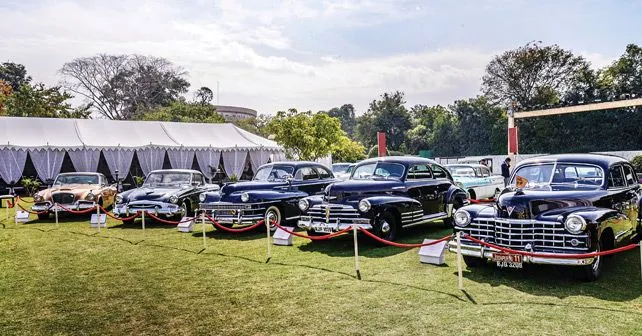
Despite having a deep relationship with the country, why are American car brands not successful in India?
There’s a hit song by The Clash, a 1970s English rock band, called ‘Should I Stay Or Should I Go?’ A song that best reflects Ford’s dilemma in India. Unable to sustain itself independently and still unwilling to let go of a presence in the world’s fourth largest automotive market by volume, Ford seems to have been in a quandary. As the lyrics went, ‘If I go there will be trouble / And if I stay it will be double.’ So, finally, Ford bit the bullet and entered into a slightly complex relationship with Mahindra, and consequently, with India.
If I understand the dynamics of their new joint venture, called Ardour Automotive, correctly, the American giant has exited the Indian market as an independent entity, yet has stayed by tying up with their one-time partner in the driver’s seat. Essentially, Ford has whittled down its responsibilities and de-risked its business operations so that the mothership is not hurt by its Indian business. Ford has followed what General Motors did in 2017, but, unlike its archrival, has kept a foot in the door that opens up to the Indian customer. That leaves just Chrysler from the American Big Three – represented by Jeep in India – which, staying true to its brand appeal, is forging its own lonely, tough, off-road path in the Indian market.
This is a far cry from the past, when brands like Ford, Chevrolet, Cadillac, Pontiac, Dodge, Chrysler, DeSoto, Plymouth, Jeep and many more were an essential part of India’s landscape. How many period pictures have we seen of Mumbai’s Marine Drive or Delhi’s Connaught Place teeming with bulky American iron. And of our various leaders waving to people from American convertibles. Even today, when you go to any vintage or classic car event, American cars form a significant portion of the machines present – whether they were imported or assembled in India.
Ford and GM’s presence in India went back to the very early days of the global automotive revolution. Both Ford and GM each had an assembly plant in Sewri in Mumbai, with operations commencing as early as 1926 and 1928 respectively. In fact, GM’s Sewri plant attained a record by churning out 1,000 vehicles in the first 33 days of operations! This was a time when India was as promising an automotive market as it is today. According to automotive historian Manvendra Singh, India could have easily been the third largest market in the world during the early 1920s, with sales of about 25,000-plus cars. The presence of the Big Three in India was complete when, sometime in the 1940s, Chrysler entered into a venture with the Walchand Group.
Compared to British and European brands, the Americans captured the market owing to their reliability, ease of operations and repair, and critically, the ability to handle Indian road conditions. Sometime after Independence, the Big Three offered more affordable options, winning over the hearts of Indian upper middle-class customers with big cars that could accommodate our typically large families in comfort. The honeymoon, however, would not last forever, for no fault of the American carmakers though. By 1954, both Ford and GM had packed up and left, followed by Chrysler in 1959. The main reason was the Indian government’s insistence of local ownership and control, and, to an extent, the discomfort of operating in a highly socialist, planned economy where cars were considered a luxury. Some of that stigma still seems to be attached to the car business in India, even after six decades and despite the presence of a colossus called Maruti Suzuki.
It’s not that India did not love American iron. The Chevrolet Impala was popular as a film star, and popular with film stars too. Manvendra Singh also told me that, after looking at records of the State Trading Corporation – a Government company that sold imported cars – American brands accounted for the lion’s share of cars sold between 1960 and 1970.
Post the 1991 liberalisation, they started coming back to the Indian market. We are well aware of the modern history of Ford and GM – despite huge commitments and investments, success still eluded them. Where Hyundai, Mahindra, Tata Motors, Honda and Toyota managed to make some headway, Ford and Chevrolet couldn’t sustain the tough fight for the hard-to-please Indian customers’ minds and wallets. Will they make a comeback sometime in the future? Considering the impending disruption of the global automotive market, it’ll be even tougher.
Srinivas Krishnan writes about classic and vintage cars for various publications. He is the former Editor of Business Standard Motoring & former Head of Press, Porsche India.
Also, read - A few stories behind some of India’s vintage and classic cars
The adverse effects of states & politicians going back on the new MVA
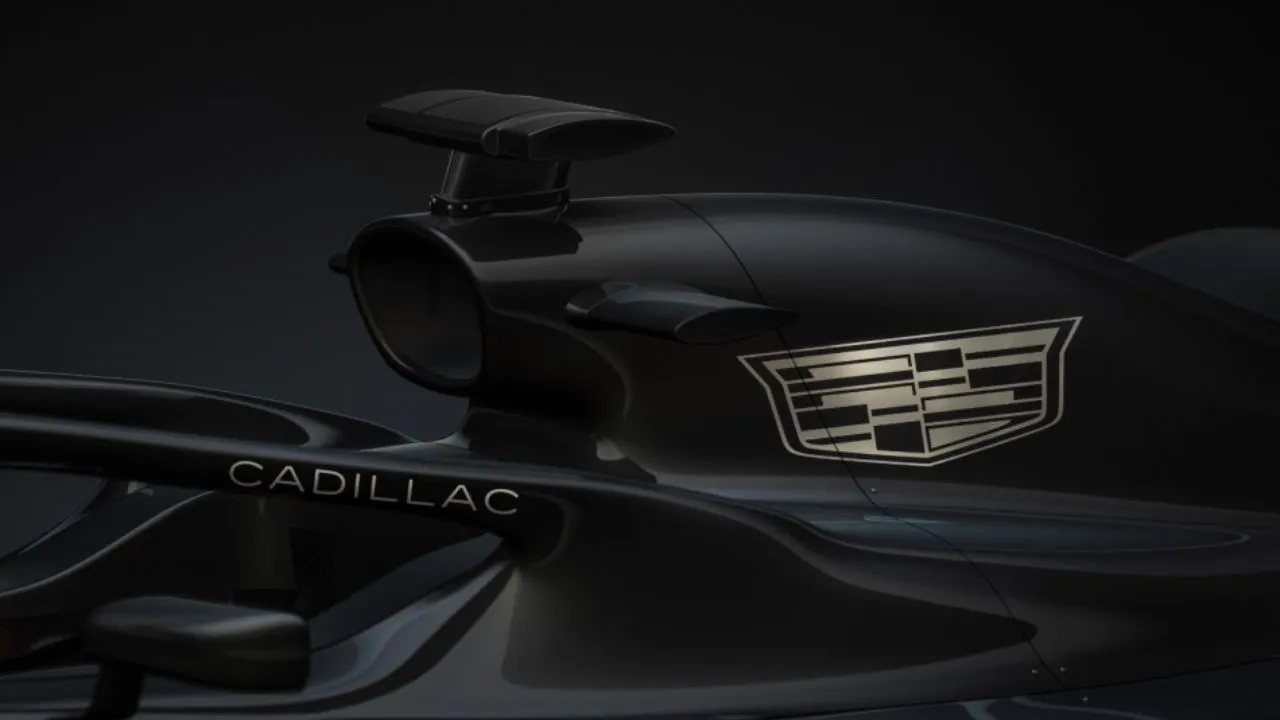
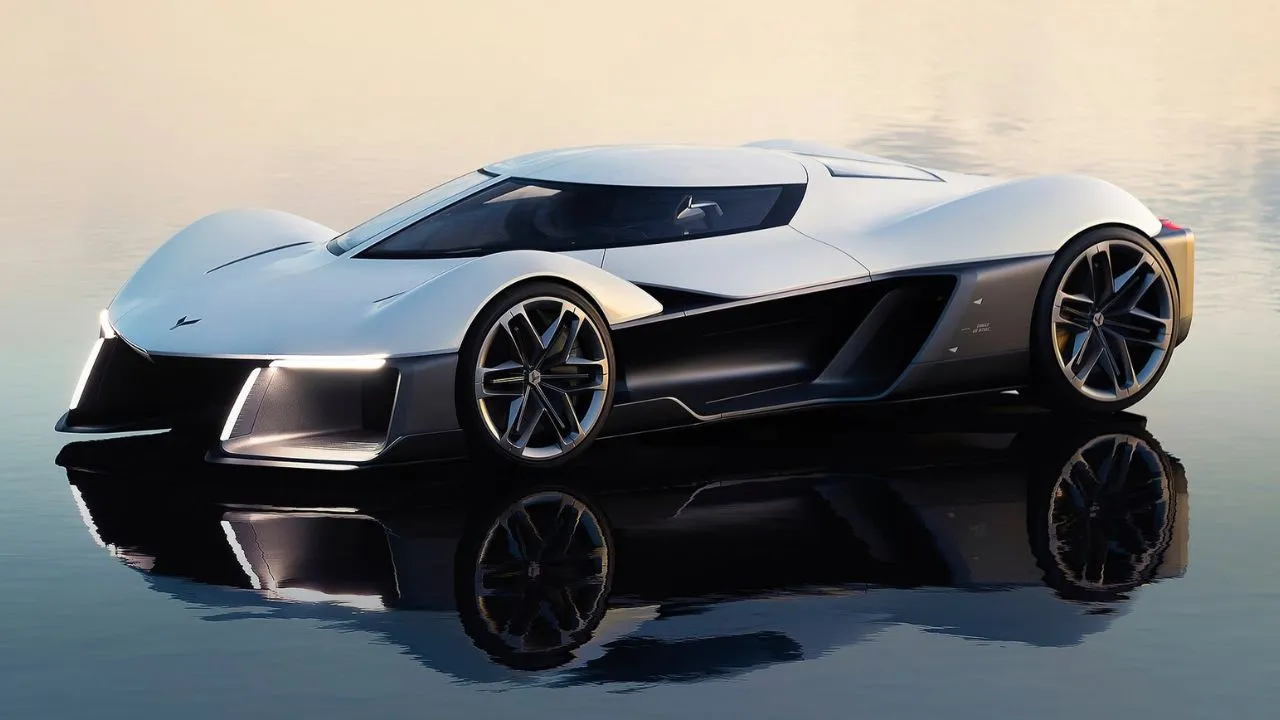
.webp)
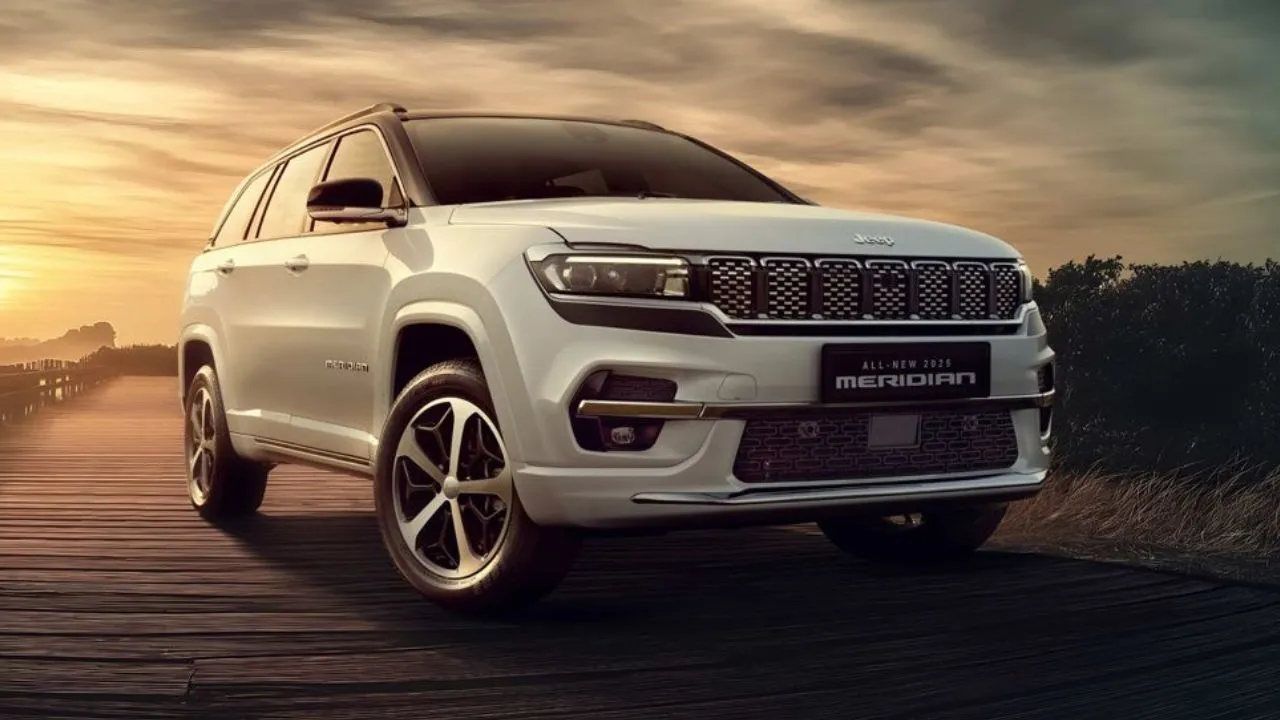
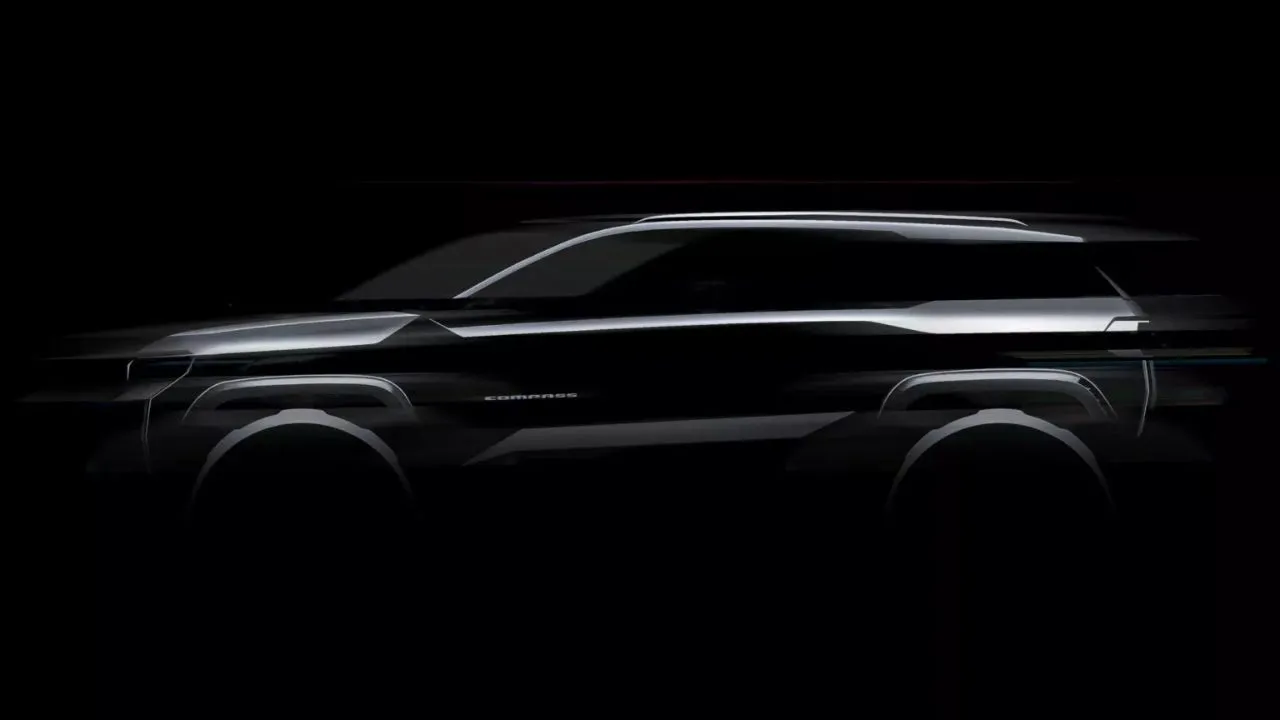

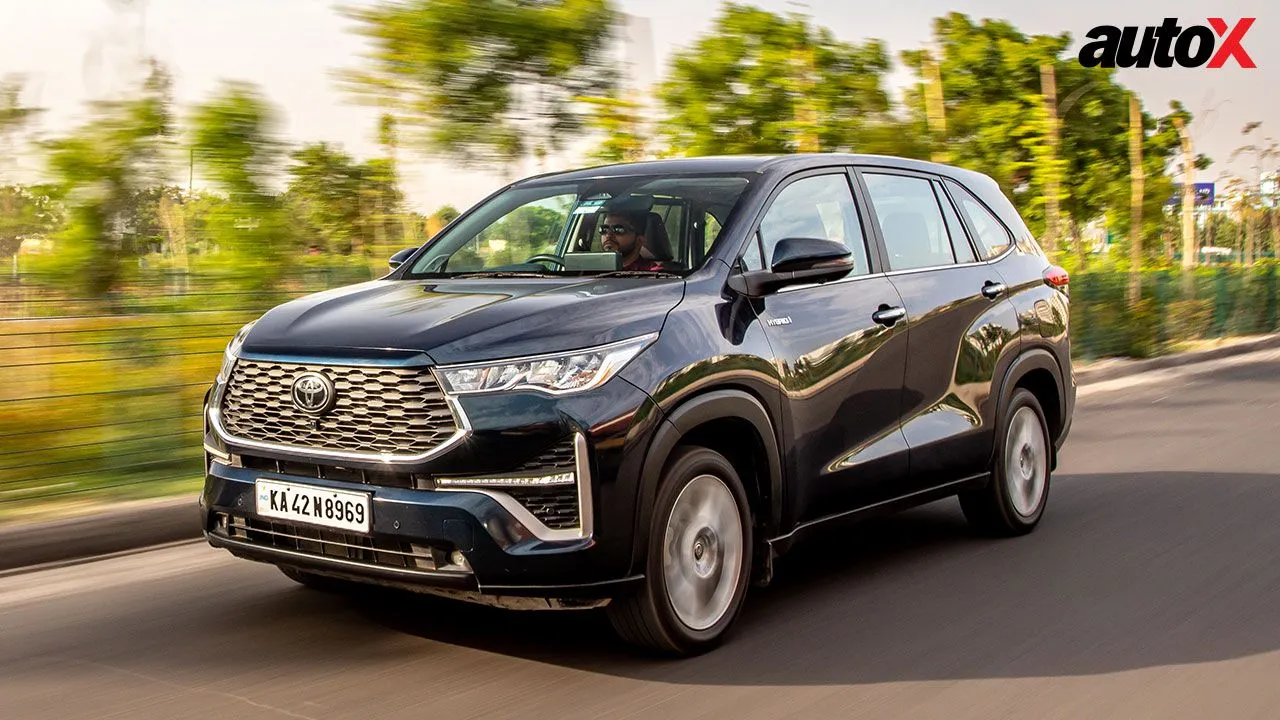

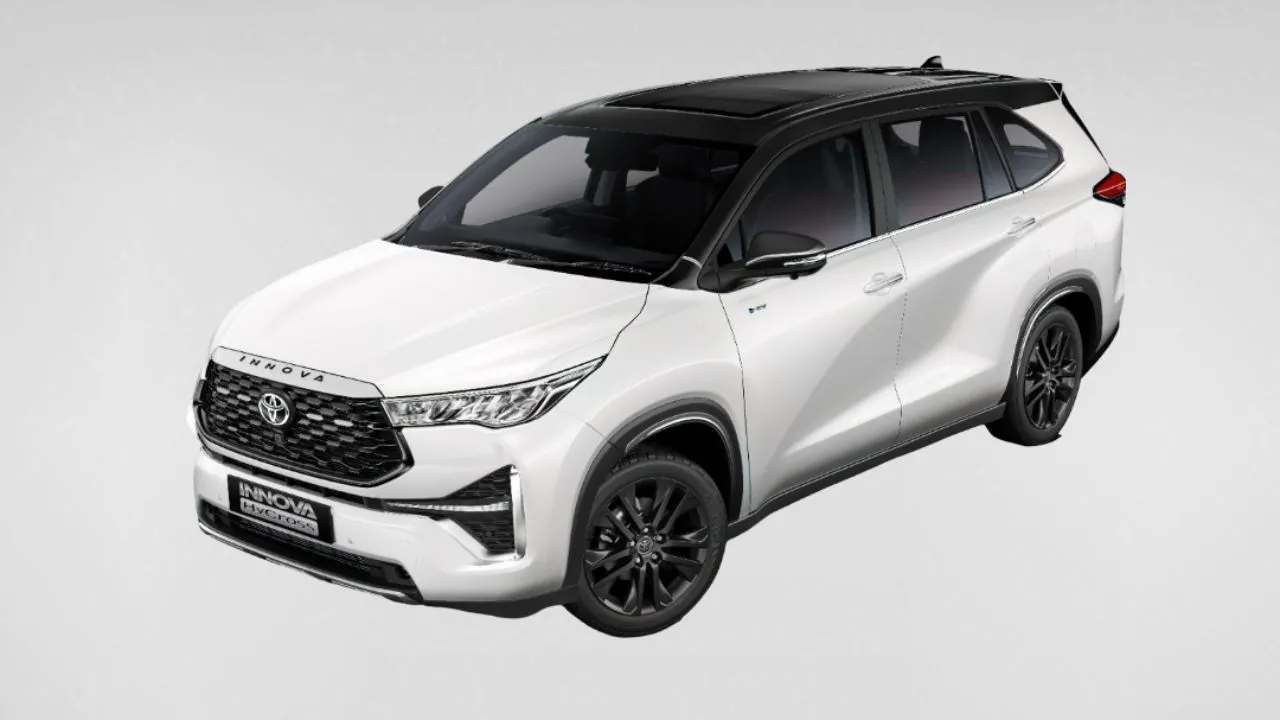


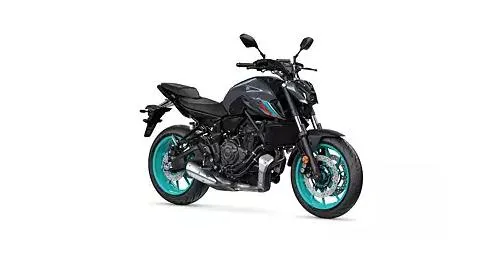

















Write your Comment on